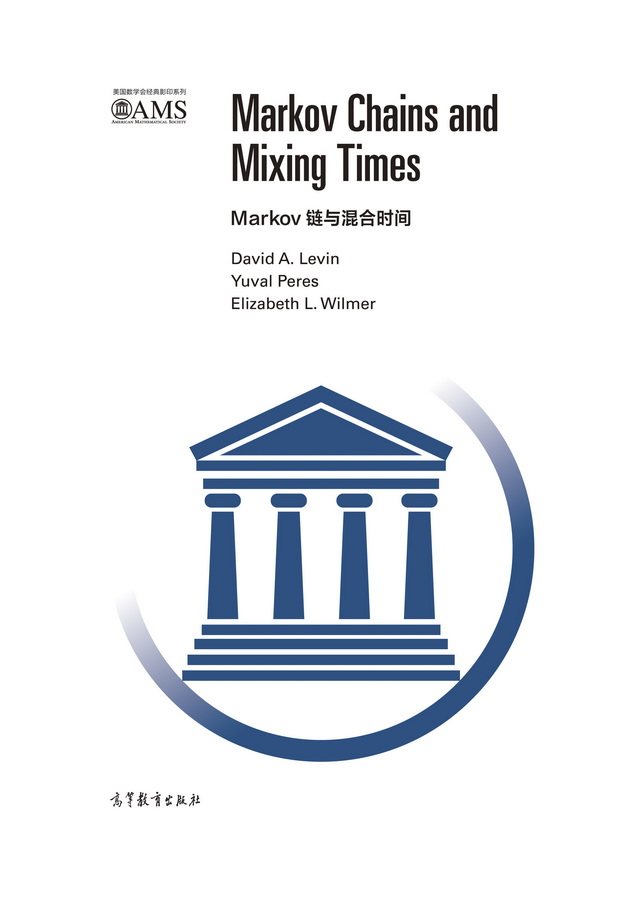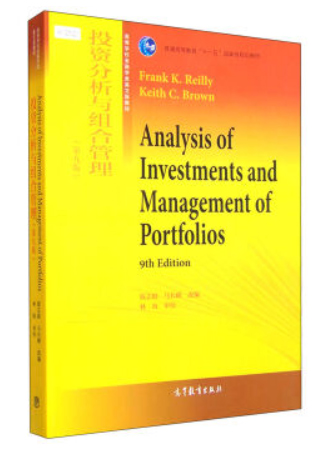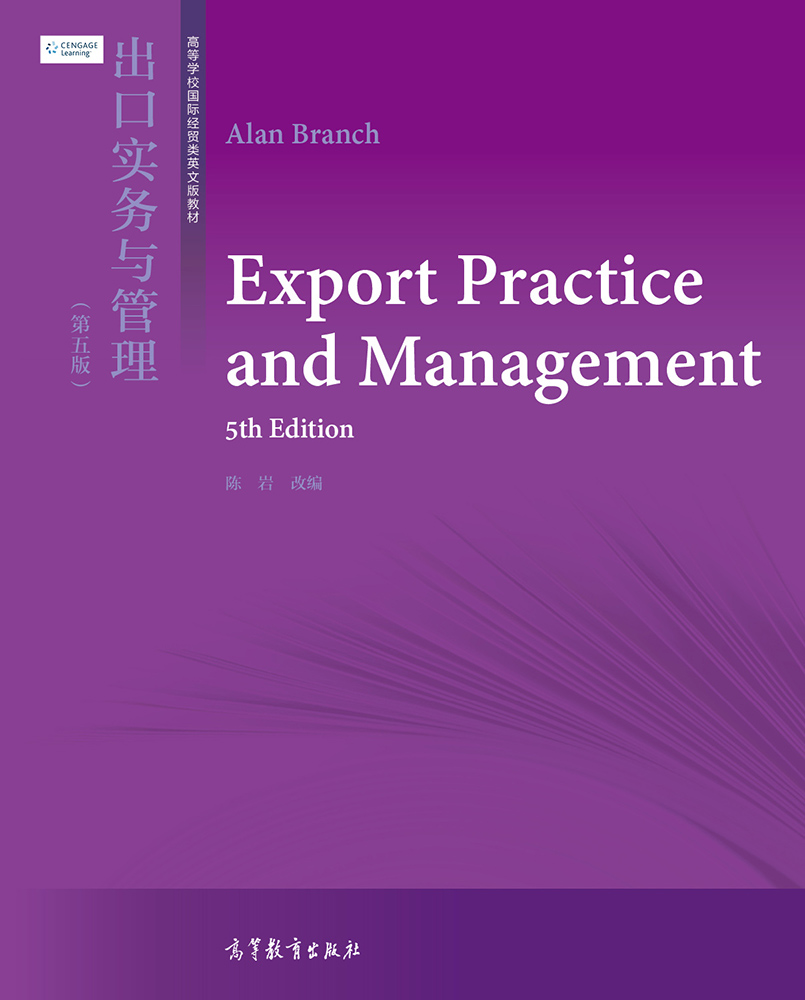金融工程和计算——原理、数学与算法(影印版)
作者: Yuh-Dauh Lyuu
出版时间:2008-01
出版社:高等教育出版社
- 高等教育出版社
- 9787040239805
- 1版
- 173872
- 48265608-9
- 平装
- 特殊
- 2008-01
- 700
- 648
- 理学
- 数学类
- F83
- 经济、金融、保险类
- 本科 研究生及以上
《金融工程和计算:原理数学算法》(影印版)全面讨论了金融工程背后的理论和数学,并强调了在当今资本市场中金融工程实际应用的计算。与大多数有关投资 学、金融工程或衍生证券的书不同的是,《金融工程和计算:原理数学算法》(影印版)从金融学的基本观念出发,逐步构建理论。在现代金融学中所需要的高级数 学概念以一种可接受的层次来阐释。这样,它就为金融方面的MBA、有志于从事金融业的理工科学生、计算金融的研究工作者、系统分析师和金融工程师在这一主 题上提供了全面的基础。
构建理论的同时,作者介绍了在定价、风险管理和证券组合管理方面的计算技巧的算法,并且对它们的效率进行了分析。对金融证券和衍生证券的定价是《金融工程 和计算:原理数学算法》(影印版)的中心论题。各种各样的金融工具都得到讨论:债券、期权、期货、远期、利率衍生品、有抵押支持的证券、嵌入期权的债券, 以及诸如此类的其他工具。为便于参考使用,每种金融工具都以简短而自成体系的一章来论述。
1 Introduction
1.1 Modern Finance:A Brief History
1.2 Financial Engineering and Computation
1.3 Financial Markets
1.4 Computer Technology
2 Analysis of AlgorithmS
2.1 Complexity
2.2 Analysis of Algorithms
2.3 Description of Algorithms
2.4 Software Implementation
3 Basic Financial Mathematics
3.1 Time Value of Money
3.2 Annuities
3.3 Amortization
3.4 Yields
3.5 Bonds
4 Bond Price Volatility
4.1 Price Volatility
4.2 Duration
4.3 Convexity
5 Term Structure of Interest Rates
5.1 Introduction
5.2 Spot Rates
5.3 Extracting Spot Rates from Yield Curves
5.4 Static Spread
5.5 Spot Rate Curve and Yield Curve
5.6 Forward Rates
5.7 Term Structure Theories
5.8 Duration and Immunization Revisited
6 Fundamental Statistical Concepts
6.1 Basics
6.2 Regression
6.3 Correlation
6.4 Parameter Estimation
7 Option Basics
7.1 Introduction
7.2 Basics
7.3 Exchange-Traded Options
7.4 Basic Option Strategies
8 Arbitrage in Option Pricing
8.1 The Arbitrage Argument
8.2 Relative Option Prices
8.3 Put-Call Parity and Its Consequences
8.4 Early Exercise of American Options
8.5 Convexity of Option Prices
8.6 The Option Portfolio Property
9 Option Pricing Models
9.1 Introduction
9.2 The Binomial Option Pricing Model
9.3 The Black-Scholes Formula
9.4 Using the Black-Scholes Formula
9.5 American Puts on a Non-Dividend-Paying Stock
9.6 Options on a Stock that Pays Dividends
9.7 Traversing the Tree Diagonally
10 Sensitivity Analysis Options
10.1 Sensitivity Measures (“The Greeks”)
10.2 Numerical Techniques
11 Extensions of Options Theory
11.1 Corporate Securities
11.2 Barrier Options
11.3 Interest Rate Caps and Floors
11.4 Stock Index Options
11.5 Foreign Exchange Options
11.6 Compound Options
11.7 Path-Dependent Derivatives
12 Forwards, Futures, Futures Options, Swaps
12.1 Introduction
12.2 Forward Contracts
12.3 Futures Contracts
12.4 Futures Options and Forward Options
12.5 Swaps
13 Stochastic Processes and Brownian Motion
13.1 Stochastic Processes
13.2 Martingales(“Fair Games”)
13.3 Brownian Motion
13.4 Brownian Bridge
14 Continuous-Time Financial Mathematics
14.1 Stochastic Integrals
14.2 Ito Processes
14.3 Applications
14.4 Financial Applications
15 Continuous-Time Derivatives Pricing
15.1 Partial Differential Equations
15.2 The Black-Scholes Differential Equation
15.3 Applications
15.4 General Derivatives Pricing
15.5 Stochastic Volatility
16 Hedging
16.1 Introduction
16.2 Hedging and Futures
16.3 Hedging and Options
17 Trees
17.1 Pricing Barrier Options with Combinatorial Methods
17.2 Trinomial Tree Algorithms
17.3 Pricing Multivariate Contingent Claims
18 Numerical Methods
18.1 Finite-Difference Methods
18.2 Monte Carlo Simulation
18.3 Quasi-Monte Carlo Methods
19 Matrix Computation
19.1 Fundamental Definitions and Results
19.2 Least-Squares Problems
19.3 Curve Fitting with Splines
20 Time Series Analysis
20.1 Introduction
20.2 Conditional Variance Models for Price Volatility
21 lnterest Rate Derivative Securities
21.1 Interest Rate Futures and Forwards
21.2 Fixed-Income Options and Interest Rate Options
21.3 Options on Interest Rate Futures
21.4 Interest Rate Swaps
22 Term Structure Fitting
22.1 Introduction
22.2 Linear Interpolation
22.3 Ordinary Least Squares
22.4 Splines
22.5 The Nelson-Siegel Scheme
23 Introduction to Term Structure Modeling
23.1 Introduction
23.2 The Binomial Interest Rate Tree
23.3 Applications in Pricing and Hedging
23.4 Volatility Term Structures
24 Foundations of Term Structure Modeling
24.1 Terminology
24.2 Basic Relations
24.3 Risk-Neutral Pricing
24.4 The Term Structure Equation
24.5 Forward-Rate Process
24.6 The Binomial Model with Applications
24.7 Black-Scholes Models
25 Equilibrium Term Structure Models
25.1 The Vasicek Model
25.2 The Cox-Ingersoll-Ross Model
25.3 Miscellaneous Models
25.4 Model Calibration
25.5 One-Factor Short Rate Models
26 No-Arbitrage Term Structure Models
26.1 Introduction
26.2 The Ho-Lee Model
26.3 The Black-Derman-Toy Model
26.4 The Models According to Hull and White
26.5 The Heath-Jarrow-Morton Model
26.6 The Ritchken-Sankarasubramanian Model
27 Fixed-Income Securities
27.1 Introduction
27.2 Treasury Agency, and Municipal Bonds
27.3 Corporate Bonds
27.4 Valuation Methodologies
27.5 Key Rate Durations
28 Introduction to Mortgage-Backed Securities
28.1 Introduction
28.2 Mortgage Banking
28.3 Agencies and Securitization
28.4 Mortgage-Backed Securities
28.5 Federal Agency Mortgage-Backed Securities Programs
28.6 Prepayments
29 Analysis of MOrtgage-Backed Securities
29.1 Cash Flow Analysis
29.2 Collateral Prepayment Modeling
29.3 Duration and Convexity
29.4 Valuation Methodologies
30 Collateralized Mortgage Obligations
30.1 Introduction
30.2 Floating-Rate Tranches
30.3 PAC Bonds
30.4 TAC Bonds
30.5 CMO Strips
30.6 Residuals
31 Modern Portfolio Theory
31.1 Mean-Variance Analysis of Risk and Return
31.2 The Capital Asset Pricing Model
31.3 Factor Models
31.4 Value at Risk
32 Software
32.1 Web Programming
32.2 Use of The Capitals Software
32.3 Further Topics
33 Answers to Selected Exercises
Bibliography
Glossary of Useful Notations
Index






